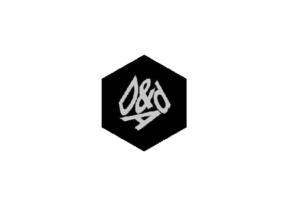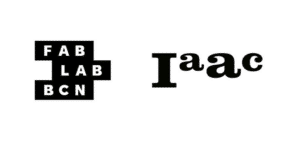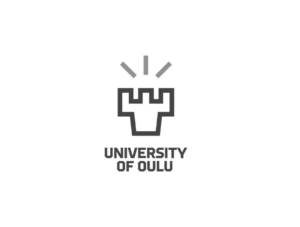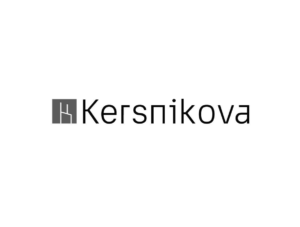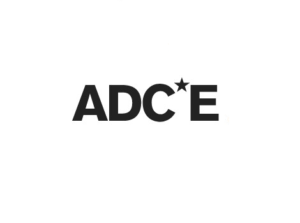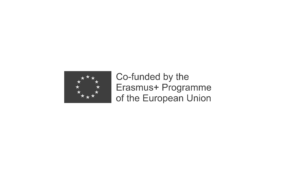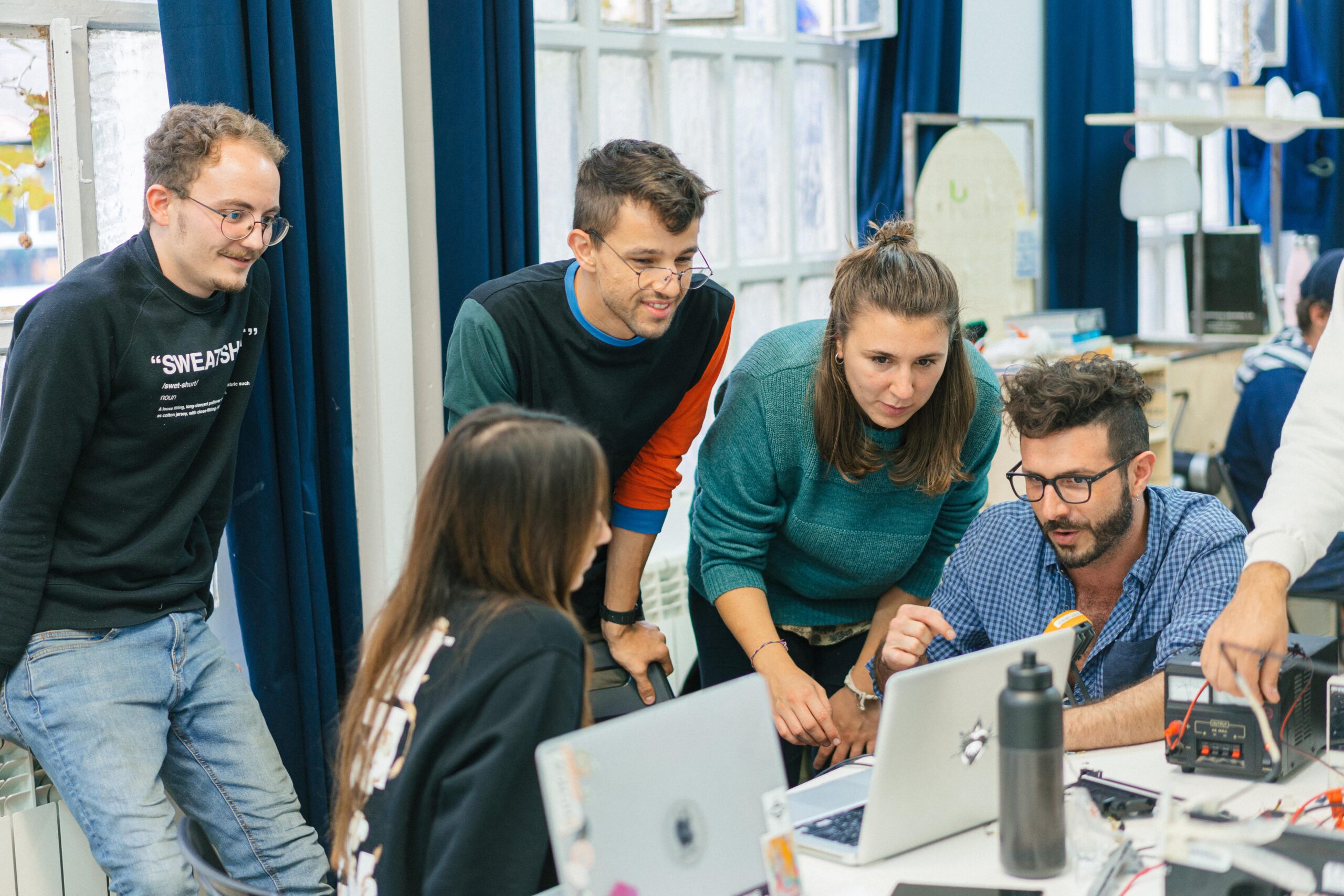
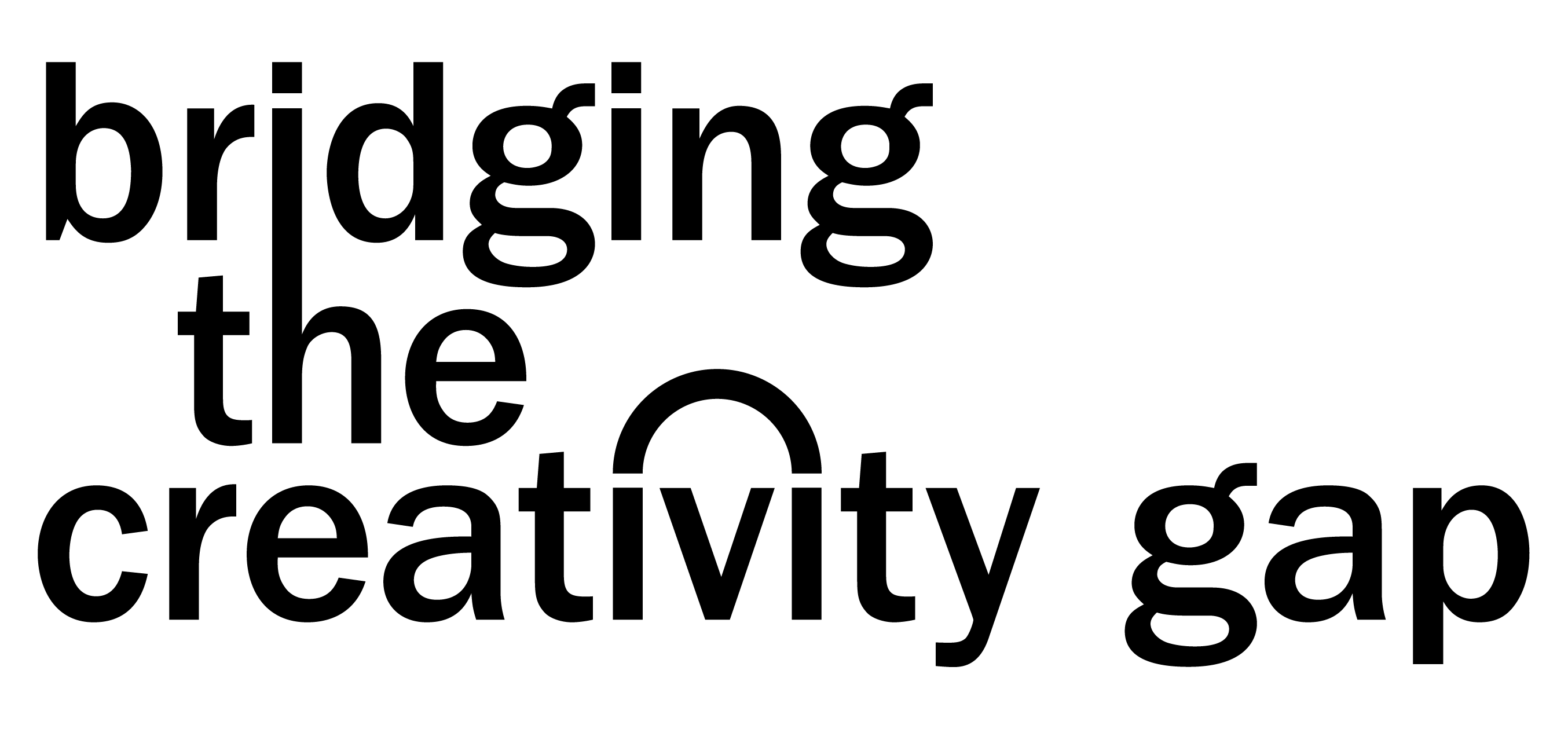
Bridging The Creativity Gap
Addressing the gap between the needs of the creative industry and highly skilled young creative through maker mindset.
The Challenge
Among various European stakeholders, there is great concern on the need to address the gap between the changing needs of the creative industry and the availability of highly skilled workforce at EU level.
Our Solution
Create a common curriculum to transform university and non-formal creative education systems to ensure future-readiness among the next generation of talent with the skills that the creative industry requires.
Type of Project
Strategic Partnership funded by European Union’s Erasmus+ programme under Grant Agreement 2020–1-UK01-079124.
Project Outputs
A learning framework based on methodological toolkit, teacher guidelines and open educational resources.
The project
The Bridging The Creativity Gap (BCG) project aims to create a common curriculum to transform university and non-formal creative education systems to ensure future-readiness among the next generation of talent with the skills that the creative industry requires.
The initiative will drive impact through four interconnected interventions:
- Highlighting skills demanded by the creative industry to enable a prosperous incorporation and development of a career in the industry to the creative talent coming out of the formal and non-formal education (IO1 led by D&AD).
- Creating a global-local framework for shifting the content of learning and the mechanisms by which it is delivered to more closely mirror the needs of today and the near future of the creative industry. It is global because it can be used and distributed in any European country through an open-source and online platform, but it applies to the local context of each country/city through the challenges of digital social innovation proposed by the UN’s sustainable development goals and in which the creative industry must also participate (IO2 led by IAAC Fab Lab Barcelona).
- Shaping a model to reskill and upskill teachers in creative universities as the key stakeholder whose adaptation has a multiplier effect on the next generation (IO3-IO4 led by IAAC Fab Lab Barcelona).
- Building a network for connectivity, collaboration and learning between Bridging The Creativity Gap Champions (trainers) and creative learning systems across Europe (Platform led by D&AD).
The Bridging The Gap project will run for 3 years and is divided into 5 stages:
- Stage 1: Research to identify the skills demanded by the industry, the indicators that evidence the achievement of these skills and the design of the methodology for the academic evaluation of the whole project. During this stage there will be regular online meetings and distributed follow-up of tasks led by D&AD and OULU.
- Stage 2: Training between the different teams of the consortium where D&AD and ADCE will contribute their knowledge of the creative industry, IAAC FAB LAB BARCELONA and KERSNIKOVA share their experience of leading globally distributed and locally applied creative projects and OULU their excellence in the application of pedagogies and methodologies of project evaluation. A total of 2 short-term training events (London and Barcelona) and 12 staff professionals will participate in these meetings. As a result of this stage, Bridging The Gap Framework first version will be delivered.
- Stage 3: Designed under the learning by doing methodology, the problem-based, collaborative learning and STEAM principles and with a globally distributed locally applied approach, in this stage an online pilot will be implemented to test all the Open Education Resources delivered in the IO3 and a total of 12 teachers in the education and vocational creative training will be part of this pilot. IAAC and D&AD will led this stage with the support of the rest of the partners.
As a result of this first edition of the academy, 12 teachers will be certificated as a “Bridging The Creativity Gap Champions” and will be able to:- Integrate the Bridging The Creativity Gap Framework in their curriculums or in-training programmes.
- Facilitate the next editions of Bridging The Creativity Gap Academy.
- Lead a network of Bridging The Creativity Gap Champions.
- Stage 4: Evaluation of results, analysis of the evidence obtained and iteration of the Bridging The Creativity Gap Framework (v2) based on the reflections and experiences gathered. D&AD, IAAC FAB LAB BARCELONA and OULU will lead this stage.
- Stage 5: Finally, ADCE (in Barcelona) and D&AD (in London) will organize a series of events (round tables and participatory workshops) to present the results obtained, the content of the framework available to the entire creative community (open-source license) and the experiences lived in all activities. These multiplier events will be integrated as a parallel program in the festivals organized by both partners. A total presence of 400 creative industry professionals is expected.
The Bridging The Creativity Gap project is co-founded by the Erasmus+ programme and led by D&AD and ADCE with extensive knowledge of the creative industry, IAAC FAB LAB BARCELONA with more than 10 years in globally distributed and locally applied training methodologies and educational programs for digital social innovation, KERSNIKOVA as a disruptive and creative training center and OULU as an academic partner and experts in research methodologies. This project is also supported by two global networks encompassing the creative industry ADCE and FabFoundation.
Our Contribution
See above
Who is it for
Teachers
Who are looking for new methodologies and practices to be implemented in universities, vocational training and non-formal creative education systems.
Recent graduates
Who want to develop key skills demanded by the creative industry.
Project Partners
ADCE – Art Directors Club of Europe
